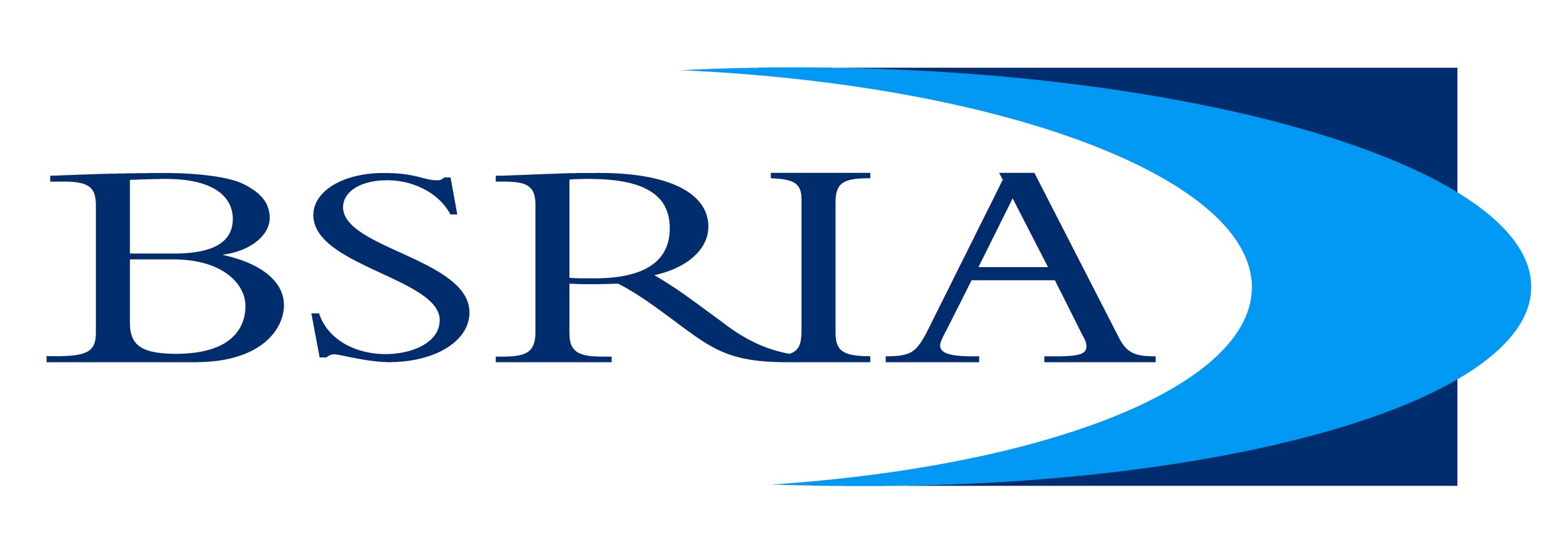A newly published market study from BSRIA shows that data centre traffi c will grow at 23% CAGR, reaching 8.6 zettabytes by 2018. The move to off -site data centres is at the heart of this growing trend. A combination of energy effi ciency measures and rising energy costs have resulted in companies searching for ways of lowering their PUE (Power Usage Effectiveness) and operating costs. Big Data companies have often been
criticised for their ineffi ciency, which is seeing their adoption of newer technologies. Traditional close control (CRAC and CRAH) is still fit for purpose in many countries. However, it is gradually losing its share to newer technologies, especially evaporative cooling. Facebook has devoted considerable attention to the hardware used for a cold storage system through its Open Compute Project that has been working on improvements
in the hardware systems used in data centres, including cooling. It led to the adoption of direct evaporative cooling in Facebook data centres and, following some teething problems in 2013, it has been implemented across an increasing number of their storage centres with improved control. In 2014 Facebook also presented the modular approach to cooling, opening this technology for wider usage in the data centres.
Disclaimer: The information provided within this publication / eBook/ content is for general informational purposes only. While we try to keep the information up-to-date and correct, there are no representations or warranties, express or implied, about the completeness, accuracy, reliability, suitability or availability with respect to the information, products, services, or related graphics contained in this publication / eBook/ content for any purpose. Any use of this information is at your own risk.
 Youth
Youth
 Women
Women
 Research for Ishrae
Research for Ishrae







